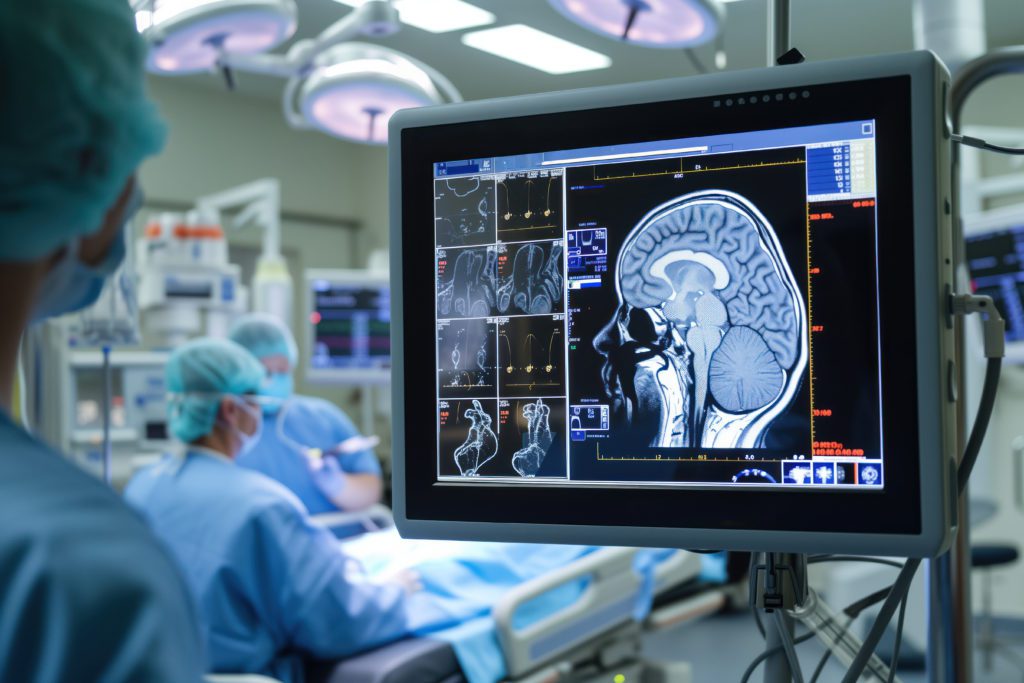Medical imaging, including X-rays and MRIs, is vital for diagnosing and treating medical conditions. However, errors can occur, leading to misdiagnosis or incorrect treatment.
This summary explores common imaging types, their benefits and risks, and the top errors to avoid. Understanding these pitfalls and implementing proper protocols helps healthcare professionals ensure accurate and reliable patient imaging results.
What is Medical Imaging?
Medical imaging is essential in modern healthcare. Techniques such as X-rays, CT scans, MRI, ultrasound, and nuclear medicine visualize the body’s interior to diagnose or treat.
Each modality has unique strengths for diagnosing various conditions. Radiologic technologists perform these procedures precisely, adhering to strict safety protocols to minimize radiation exposure and ensure patient and personal safety.
What are the Most Common Types of Medical Imaging?
The most common types of medical imaging include X-rays, CT scans, MRI, Ultrasound, and Nuclear Medicine, each with unique benefits and applications. X-rays use electromagnetic radiation to diagnose bone and tissue conditions such as fractures and tumors.
CT scans combine multiple X-ray images to create detailed cross-sectional views for diagnosing tumors, fractures, and internal injuries. MRI uses magnetic fields and radio waves to produce detailed images of organs and tissues, aiding in detecting tumors, infections, and abnormalities.
Ultrasound employs high-frequency sound waves for real-time imaging without ionizing radiation, and it is commonly used in obstetrics and cardiology. Nuclear Medicine uses radioactive tracers to visualize internal functions, and applications like PET and SPECT scans diagnose conditions such as cancer, heart disease, and thyroid disorders.
What are the Benefits of Medical Imaging?
Medical imaging provides critical insights into a patient’s condition, enabling accurate diagnosis, effective treatment plans, and enhanced patient safety.
It detects internal injuries and diseases noninvasively, and advanced technologies like MRI and CT scans offer detailed views of internal structures.
This early detection helps prevent disease progression, improves patient outcomes, and reduces the need for invasive procedures.
What are the Risks of Medical Imaging?
While generally safe, medical imaging carries health risks, including exposure to ionizing radiation, potential radiologic malpractice, and unnecessary tests. Repeated exposure to ionizing radiation can damage cells and tissues, increasing long-term cancer risk.
Radiologic malpractice, such as misinterpretation or improper techniques, can lead to misdiagnosis or delayed treatment. Unnecessary imaging tests expose patients to these risks, increase healthcare costs, cause stress, and may result in false positives, leading to unnecessary follow-up procedures.
What are the Most Common Errors in Medical Imaging?
1. Misinterpretation of Images: Misinterpretation of images is a frequent error in diagnostic imaging, leading to incorrect diagnoses and inappropriate treatment plans. Factors include the complexity of human anatomy, poor lighting, and low image resolution. Radiologists must use their expertise to minimize these errors, as misdiagnoses can lead to unnecessary procedures, delayed treatment, or severe consequences. Continuous learning and quality assurance are crucial in diagnostic imaging practices.
2. Failure to Communicate Findings: Failure to communicate findings effectively between healthcare providers can delay diagnosis and treatment, posing significant risks to patient safety. Timely and accurate communication ensures appropriate patient care. Inaccurate or incomplete transmission of imaging results can lead to diagnostic errors. Utilizing secure digital platforms, standardized reporting protocols, and fostering open dialogue are essential to improve communication in healthcare settings.
3. Incorrect Patient Positioning: Incorrect patient positioning during imaging procedures results in suboptimal images that can lead to diagnostic errors. Proper positioning is crucial for capturing clear images and aiding accurate diagnosis. Radiologic technologists must guide patients into correct positions to reduce image distortion or artifacts, which directly impacts the radiologist’s ability to interpret findings accurately.
4. Equipment Malfunctions: Equipment malfunctions during radiological procedures can compromise diagnostic image quality, leading to errors and affecting patient outcomes. Common malfunctions include sensor failures, software glitches, and power issues, causing distorted images. Regular maintenance and calibration of imaging equipment are essential to prevent such errors and ensure consistent, high-quality photos.
5. Inadequate Patient Preparation: Inadequate patient preparation for imaging procedures can compromise image quality and lead to diagnostic errors. Proper preparation involves gathering patient medical history, providing clear instructions on dietary restrictions, fasting, and specific preparations for the imaging modality, and informing patients about the procedure, timeline, and potential side effects to ensure accurate results and patient safety.
How Can Medical Imaging Errors Be Avoided?
Avoiding medical imaging errors requires a comprehensive approach that includes proper training and education for radiologic technologists, implementing quality assurance programs, effective communication and collaboration among healthcare providers, attention to detail, and regular maintenance and calibration of equipment.
Proper training ensures technologists stay updated with advancements and develop critical skills. Quality assurance programs maintain high standards through regular equipment checks and staff training. Effective communication and collaboration foster a culture of transparency and coordinated care.
Attention to detail and double-checking each step minimize misdiagnosis risks. Regular maintenance and calibration ensure equipment reliability and accuracy, which is crucial for precise imaging results and patient safety.
